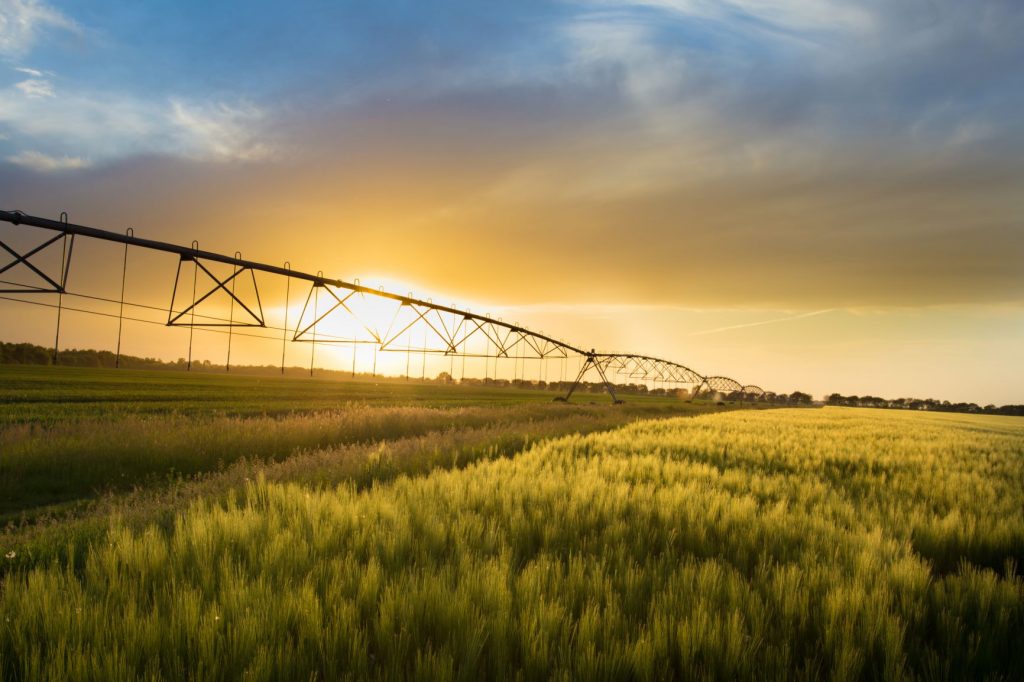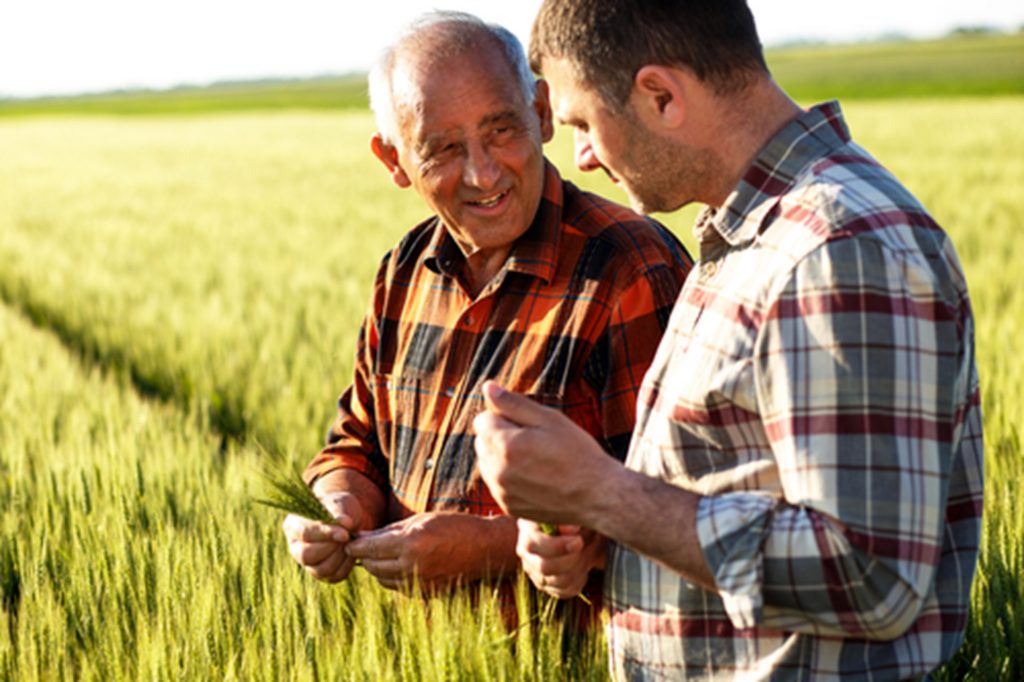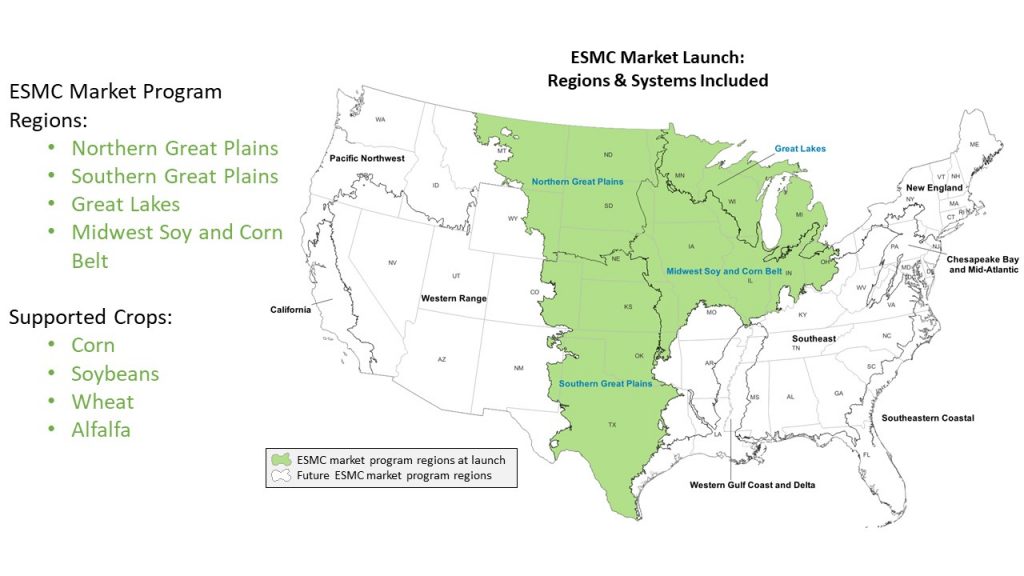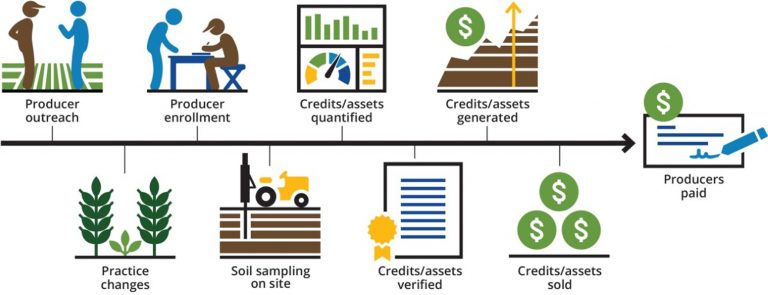
A Next-Generation
Ecosystem Service Market
Program Overview

Monetize Quantified Changes in Ecosystem Services
The Ecosystem Services Market Consortium’s (ESMC) ESMC’s national scale ecosystem services market program, Eco-Harvest, rewards agricultural producers for beneficial environmental outcomes from regenerative agriculture. Eco-Harvest is science and outcomes focused and not practice specific, meaning producers have autonomy to decide which practice changes are best suited to their operation based on a menu of specific practices/systems. Focusing first and foremost on farmers and ranchers, Eco-Harvest is designed to encourage regenerative agricultural production systems that create sound social, economic, and environmental outcomes that benefit producers, local communities, consumers, and society.
For more information on our work, visit the ESMC Website.
Delivering the Value of Sustainable Agriculture
Our national ecosystem services market program issues and sells ecosystem services credits generated by agricultural producers including increased soil carbon and reduced GHG credits and water quality credits; some of our projects also generate and sell water quantity and biodiversity credits.
Eco-Harvest generates multiple stacked credits so each producer’s carbon, GHG, water quality and water quantity credits can be stacked and sold or disaggregated and sold in our streamlined program.
Since the same land stewardship practices that improve soil carbon and reduce GHG emissions often have additional benefits, including improved water quality and water conservation, and biodiversity benefits (such as habitat for pollinators, insects, and birds), our producers realize these benefits in addition to compensation for their outcomes.
Our science and outcomes focused program provides producers a menu of practice options, meaning producers can make decisions that are best suited for their specific operation. The carbon, GHG, water quality and water quantity outcomes are quantified at a field scale simultaneously and the credits generated can be stacked to streamline and consolidate the process.

An Industry-Wide Effort to Leverage Voluntary Improvements
ESMC is a collaboration of over 70 members from across the entire agricultural supply chain and value chain working together to ensure that the program scales successfully to meet farmer and rancher needs as well as corporate, NGO, consumer and societal needs. See all our members on our website
(ESMC Membership).
ESMC’s research arm, the Ecosystem Services Market Research Consortium – or ESMRC — is working collaboratively to invest in identified research, development, demonstration, and economic gaps to overcome past and current market-based challenges.

Visit the ESMC Website for more details.
Current Projects
ESMC is conducting both market-scale projects and research pilot projects through our program. Working with our extensive network of partners and collaborators, we continue to test and refine our integrated ecosystem services credit protocol and other new technologies. We quantify environmental credits generated by participating producers and arrange the sale of those credits through our market program.
Currently, Eco-Harvest is only launching market-scale projects within specific regions and production systems where program buildout has been completed as highlighted in the map below.

For more information on our current pilot projects, please visit our interactive website map (Pilot Projects).
Eligibility
ESMC’s program currently has the following eligibility requirements for producers interested in enrolling in an Eco-Harvest project. If you are interested in participating and have eligibility questions, please contact our staff.
Producers who are interested in adopting soil health systems and new conservation practices that benefit their agricultural operations while improving environmental impacts.
Producers who are newly implementing at least one of the following practice changes on cropland: cover cropping, tillage reduction, nutrient management, cropland grazing, and conservation cropping rotation*. Newly implemented edge-of-field (or within field) conversion of cropland to grassland can be included as an additional practice change. Producers are encouraged to enroll fields that are also eligible for federal, state, and local cost-share programs that incentivize conservation practice implementation. Check with your local NRCS office to see if there are incentives available in your area that can provide up-front financing to lower costs and increase returns.
*Conservation cropping rotations and intercropping are limited to no more than three crops in one reporting year and only crops included here: Corn, Sorghum, Millet, Sugar cane, Wheat, Rye, Barley, Oats, Triticale, Sunflower, Canola/Rapeseed, Tomato, Eggplant, Soybean, Clover, Pea, Vetch, Rice, Cotton, Switchgrass, Miscanthus, Wheatgrass, Needlegrass, Timothy, Alfalfa.
**For Producers operating on newly acquired land who are not aware of prior land practices, remote sensing can be used to ensure cover crops or reduced tillage have not been used in the past 10 years.
Producers interested in implementation of improvements that exceed minimum standards set by law.
Producers managing land that is not federally owned, has not been deforested or previously in natural areas in the past 10 years, and has not been converted from grassland to cropland in the past 10 years.
Producers who can provide proof of asset ownership rights, including explicit authorization from the responsible agency for any rented fields on state or local-government owned land.
Producers with fields that are not enrolled in another ecosystem service program that generates credits, offsets, assets, or claims related to soil carbon sequestration and/or changes in greenhouse gases.
Eco-Harvest Enrollment
- There are no minimum or maximum acreage enrollment limits. Producers are not required to enroll all their acreage either at sign-up or at any time.
- Producers can phase in more acres and/or practices over time as they see fit.
- Producers are not required to relinquish data ownership or purchase new inputs, subscriptions, etc.
- Producers pay no fees and do not have to purchase inputs to participate in Eco-Harvest.
- Producers enroll in 5-year contracts with Eco-Harvest. With 2022 launch, producers enroll for the 2023 reporting year.
Contracts
- In the 2022 pilot year, contracts are annual with no penalty for dropping out of the program.
- Producers will have an option to roll into a 5-year contract at market launch in 2022.
- The ESMC Market Program will launch in 2022 for the 2023 Reporting year.
Producer Participation

The Eco-Harvest Producer Enrollment Process Producer Enrollment Process
After producers join a project, they then implement practice changes (highlighted in the eligibility section above). The following is the program enrollment process through the Producer Portal.
1. Producer Enrollment
Requires completion of the account creation process – producers provide contact information, review and agree to ESMC’s Privacy Policy, and select a Project in which they will participate.
3. Program Submission
The producer formally submits fields with the associated practice changes identified and signs the Producer Agreement.
5. Data Entry
Agricultural management practices can be entered by the Producer and/or Advisor and/or imported from other 3rd party data collection systems. The data is formally submitted for asset quantification and generation. This includes self-certification of data entered and signing of the Producer Agreement. Submission must be completed by December 31st (following the end of the crediting year).
2. Field Selection
Completed through ESMC’s easy-to-use interface which initiates stratification for developing a soil sampling plan. This step also allows a Producer to assign optional data access and editing permission to an Advisor who can assist a Producer with data entry.
4. Soil Sampling
Fields will be stratified, and a soil sampling plan generated. ESMC will coordinate the scheduling of soil sampling with contractors, project partners and producers. Soil samples will be sent to a contracted laboratory to be analyzed for soil carbon, bulk density, pH and phosphorus.
Using the ESMC Producer Portal

For Farmers and Ranchers
The Producer Portal is the access point to enroll in ESMC’s Eco-Harvest. Through the portal, producers can set up an account, enter into an agreement for generation and sale of assets, and safely and securely enter the required information.
Who Can I Contact for More Information?
About Your Data
ESMC Producer Privacy Policy
Presented/approved electronically upon registration
ProDUCER Agreement
Presented/approved electronically upon registration
